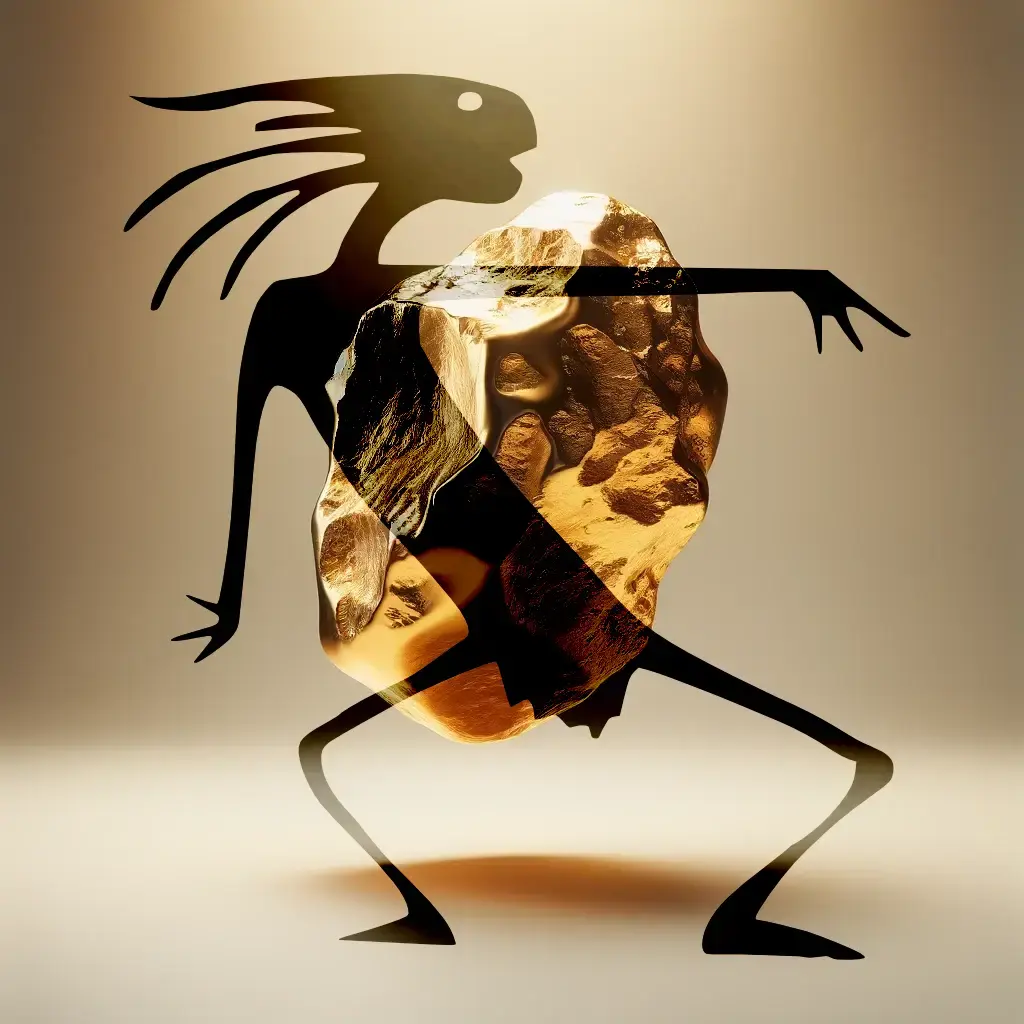-
Recently Browsing 0 members
- No registered users viewing this page.
-
Latest Activity
-
By CaledonianGonzo · Posted
Contactless went down a bit last year as well. -
By glimmers_of_hope · Posted
It would be weird for them to be playing SA + Hits at their dates this year except Glasto. purely from a practical level it will be what they are rehearsing. SA is just shy of 1 hour I think so maybe you drop a couple of tracks from it for a couple of other singles. I've been listening to a lot of SA recently and it still holds up as a really good album all the way through. You would probably want to change the order for it live though rather than a straight start to end run through. -
By Physical_graffiti · Posted
Everywhere does contactless but bring cash (or prepare to withdraw some for like a £3 charge) - the contactless system went down for half the bars/shops in 2022, and a single round of beer/food for a few people is a fair whack on the old wallet! As others have said, get a decent power bank, mine probably has about 7 or 8 full phone charges in it, gets me through the weekend (and also useful for future travelling!) And yeah it got noticeably busier from 2022 onwards - especially aim to get there early for any bands you wanna see on Pyramid or Other, instead of rocking up 5 mins before, if you care about not being right at the back.
-
-
Latest Festival News
-
Featured Products
-

Monthly GOLD Membership - eFestivals Ad-Free
2.49 GBP/month
-
-
Hot Topics
-
Latest Tourdates
















Recommended Posts